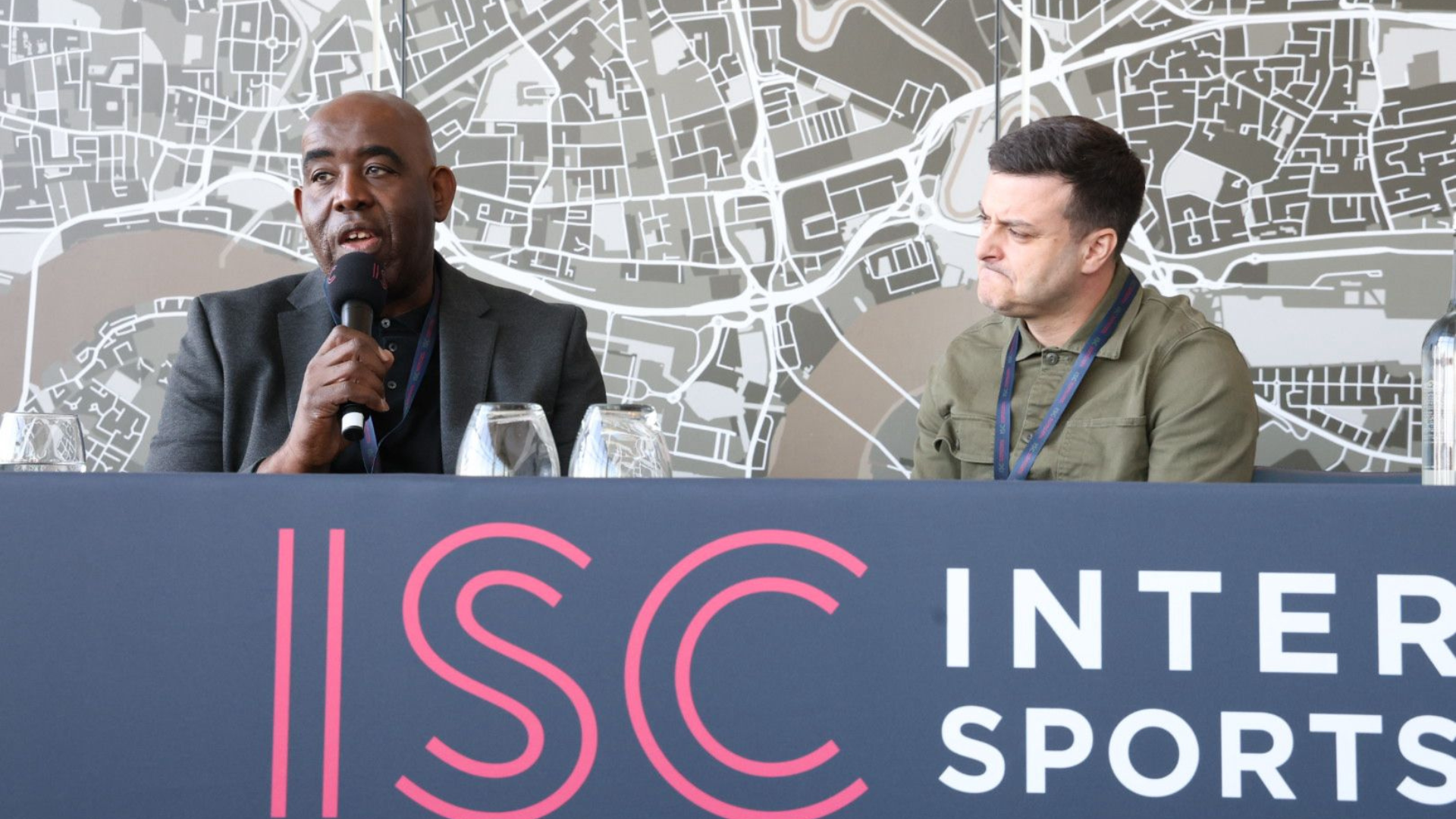YouTube has become perhaps the dominant entertainment media platform, with an increasingly significant share of user numbers and watch time around the world.
It is the source of a near infinite array of content, launching its own stars and creating its own programming styles. But while sports brands and rights holders have made good use of YouTube as an outlet for highlights and archive footage, many are yet to fully master native content on the platform.
Robbie Lyle – on hostile territory as the founder of an Arsenal fan media business at the Tottenham Hotspur Stadium – has learned much about YouTube’s shifting dynamics on his company’s 12-year journey. He was on hand at the start of day two of ISC 2025 to share some of those lessons and explain how mainstream media organisations can be more effective in the space.
As Dizplai’s Ed Abis suggested, sports teams and broadcasters can be guilty of “putting content on YouTube rather than making content for YouTube”. For Lyle, success begins with listening to the audience and giving them what they want to watch.
He launched AFTV after noticing the lack of fan voices in football media. To start with, he recorded videos outside Arsenal home and away games, before and after kick-off, getting unfiltered opinions from often emotional fans. The channel quickly grew in popularity and notoriety, attracting voices and personalities who thrived in online spaces.
Over time, AFTV has networked with other fan channels to form DR Sports, and the project has gone from a part-time personal mission to a company with 25 permanent staff and additional freelance support.
Lyle puts the growth of the channel down to two things: embracing fans’ love of conversation, and honest two-way engagement.
“All these clubs, they’ve got these huge, huge audiences,” he said. “But do they talk to them? We do.”
AFTV’s content has also adapted to changing YouTube trends. Transfer-based shows have formed the basis of year-round content. Watchalong livestreams emerged on AFTV during Covid as a way of creating video while fans were unable to attend games. They have grown in popularity since, with some viewers admitting to turning broadcast audio off to follow coverage with the AFTV team.
Sponsor integration has been another emerging priority, not just in terms of revenue but natural incorporation into programming.
Some legacy media companies are beginning to better address their digital-first audiences. Lyle points to CBS Golazo – the US broadcaster’s UEFA Champions League show – as an example of a traditional broadcaster adapting to the demands of YouTube and social video platforms, leaning into personality, opinion and high-energy discussion.
In the UK, channels including AFTV are moving closer to the mainstream through relationships with programmes like The Overlap – a fan-focused conversation show developed for Sky Sports by Gary Neville’s Buzz16. That process began, Lyle recalled, with a personal challenge from the former Manchester United defender, who invited him to debate the influence of fan-led channels.
Lyle is committed to seeing AFTV continue its evolution, whether in developing content for audiences on TikTok or reaching out to fan groups in other parts of the world. He credits clubs like Arsenal with improving their fan-first activities and coverage – particularly around pre-season tours and open days – but believes there is plenty of ground still to cover.
“The passion of football fans is so deep,” he added, “and there’s so much more you can do with them.”
AFTV, he suggested, will continue to put fans at the centre of its vision – bringing supporters into the conversation on matchdays at the Emirates Stadium, and giving faraway followers a glimpse into English football culture.
“Fans will talk about football all day,” he said. “So we will keep talking to them all day.”

